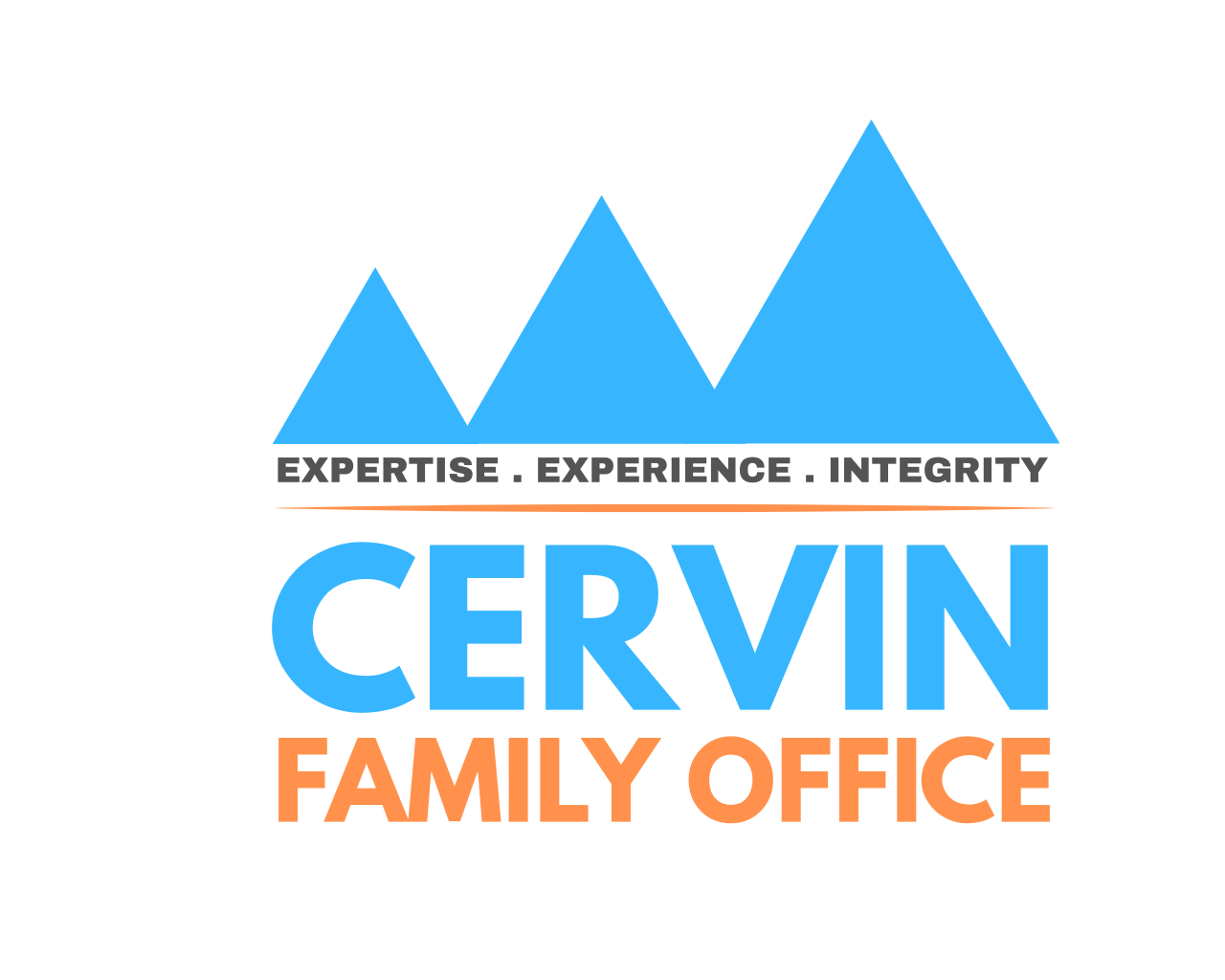Constructing an equity strategy for family offices
Family offices as a category of investors cannot be put in either the institutional category or in the retail investor category. Also, the size of the family office does not define the complexity of the investment setup. This fluidity is witnessed clearly in the listed equities investment strategies used by them. Over the years, we have seen the following polarising strategies used by most family offices for their equity allocations.
Majority in direct equities: This strategy is usually supported by family offices that think they can create a better portfolio as compared to third-party managers like mutual funds (MF) and portfolio management services (PMS). This is often due to trust issues with PMS products usually due to past bad experiences and MFs being bucketed as pure retail products. There are many issues with this strategy. The family office doesn’t benchmark itself against third-party managers with similar portfolio profiles (capitalization bias). At best, it compares its performance with select indices, sometimes not even the Total Return Index (TRI). Sometimes, the index comparison is done with the wrong index. The family office does not conduct a proper return attribution exercise to ascertain the cause of portfolio returns. However, such an analysis is important so that the cause that led to the return can be repeated. Lastly, family offices focus on short-term returns only, which can be affected by short-term bullish or bearish trends.
Long tail portfolio: This strategy is usually based on the assumption that since it’s difficult to do fund diligence or trust fund managers, it’s better to diversify across many managers. This may also be a culmination of numerous products being sold to the family office by wealth managers with their unique thesis/stories. Usually, this happens when there is a lack of fund diligence capability at the family office level and the office solely relies on the wealth managers’ sales pitches. This strategy has some obvious problems. With over-diversification, the biggest fear is that your overall portfolio starts looking like an index (+/– 2%) with regards to sector allocations or in some cases even stock exposures. So, you tend to become an index-hugger but with an active manager’s fee. Since the number of holdings is large, the tail of the portfolio is long and many products won’t move the needle for the portfolio. The best solution is somewhere in between.
Experienced family offices construct portfolios in these ways:
Asset allocation: A well-accepted and important step understood by all.
Keeping powder dry: This step uses portfolio flexibility to ascertain what level of cash is advised at the prevailing market conditions.
Cap bias: The next step is to decide how equity risk will be allocated between large-, mid-, and small-cap stocks.
Choosing the right product categories: This is very important as most of the push-selling of products happens at this stage. For example, a combination of passive cap weigh indices (Nifty 50, Nifty Next 50), strategic indices (alpha, low volatility, etc.), and a few active fund managers that have actually beaten the Nifty 100 TRI regularly can work well. Direct equities can also be considered for creating a long-term quality portfolio. For mid- and small-cap allocations, PMS is an ideal product category. Active managers in this space tend to beat their benchmarks (mid-cap index) fairly regularly.
Active manager selection: This is a process that has to be analytical enough to select not only consistently performing managers but also ascertain the unique nuances of each manager to check for their suitability vis-à-vis the prevailing market conditions like valuations, sectoral rotations, etc.
Lowest cost options: It is important to choose the lowest cost options for each product category. While direct options for mutual funds are well known, there are direct investing options (at lower fees) even in the PMS product space. Further, if you work with an established adviser registered with Sebi under the Investment Advisers Regulations, you also have access to even lower fee structures in both the PMS and AIF products. When comparing PMS or AIF returns make sure you are looking at net-of-all fee numbers and not gross performance tables. These expenses can be setup fees, management fees, operations fees, carry or profit shares, etc.
This was originally published in Mint on 13 April 2022

